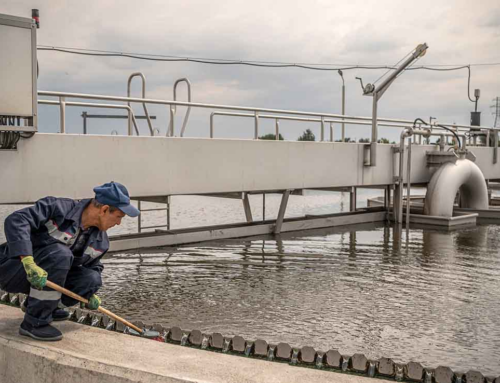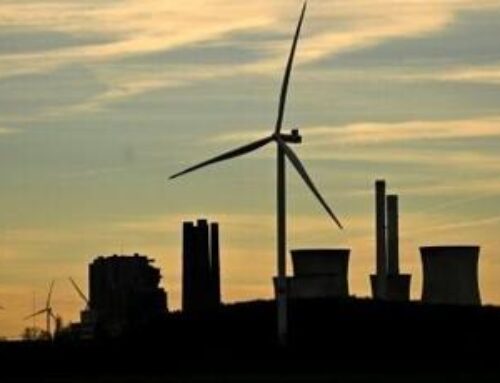Governor Lamont Announces Several Connecticut Correctional Facilities Now Operating On Sol
April 28, 2025
Governor Ned Lamont announced today that seven solar energy systems have been successfully installed and are now operating at six correctional facilities across Connecticut. These installations are part of a larger effort to generate significant cost savings for the state while providing clean, renewable energy to facilities that are among the largest consumers of energy due to their continuous, year-round operations.
Collectively, the seven solar energy systems will produce 8.3 megawatts of renewable energy. Over the lifetime of the panels, this production is expected to save the state more than $11 million in energy costs. In addition to financial savings, the new systems will contribute to environmental sustainability by reducing carbon emissions by approximately 5,000 metric tons each year. This initiative represents a major step forward in Connecticut’s commitment to energy efficiency and environmental stewardship.
Governor Lamont said in a statement, “Installing solar energy systems at correctional facilities is a way that we can deliver cost savings in the operations of state government while also reducing our carbon footprint. Correctional facilities provide a necessary public safety service for our communities, and their around-the-clock operations require a significant amount of energy to function. I am glad that we could get these projects completed and that our correctional facilities can begin taking advantage of the benefits of solar energy.”
Angel Quiros, DOC Commissioner, stated, “With our 13 facilities operating on an around the clock basis 365 days a year, we are always looking for ways to reduce our energy costs. The fact that we can do so by utilizing a clean energy source is an added bonus.”
Michelle Gilman, DAS Commissioner, mentioned, “These seven projects are a win-win for the state. They will reduce our carbon footprint and save significant money for taxpayers. This has been a collaborative effort, and we look forward to building on this progress with other state agencies in the years to come.”
The project is a collaboration between the Connecticut Department of Correction (DOC) and the Connecticut Department of Administrative Services (DAS), working alongside the Connecticut Green Bank and TotalEnergies, a global integrated energy company. Financing for the projects was arranged by the Connecticut Green Bank in partnership with TotalEnergies. Under a power purchase agreement executed by DAS, TotalEnergies will own, operate, and maintain the solar systems, ensuring long-term management and operation without additional burden on the state.
Bryan Garcia, president and CEO of the Connecticut Green Bank, explained, “Solar projects of this size and scope have significant benefits, and take time and coordination to complete, which makes it necessary to gather an excellent team of state and private capital partners. Thanks to the attention and collaboration of everyone involved, the Green Bank was able to use our Solar MAP process to streamline each step of going solar, from design to contracting to financing and energization. Building on this success, we will continue to work together to finalize more projects in our pipeline and help the state meet our climate goals while reducing energy costs.”
“The successful completion of the DOC’s seven solar installations demonstrates large-scale, distributed clean energy is both feasible and reliable. These projects provide significant cost savings for the DOC while directly contributing to the state’s 2040 zero-carbon electricity target. TotalEnergies is proud to once again play a vital role in the public sector initiatives that drive sustainable outcomes,” commented Eric Potts, vice president of TotalEnergies Renewables USA.
The correctional facilities benefiting from these new solar energy systems include Cheshire Correctional Institution in Cheshire, which now has a 2.4-megawatt system; Enfield Correctional Institution in Enfield, with a system generating 181 kilowatts; Manson Youth Institution in Cheshire, with a 2.2-megawatt system; Osborn Correctional Institution in Somers, also with a 2.2-megawatt system; Robinson Correctional Institution A in Enfield, with 83 kilowatts; Robinson Correctional Institution B in Enfield, with 167 kilowatts; and Willard Correctional Institution in Enfield, with a 1-megawatt system. This achievement marks a major investment in renewable energy infrastructure at state facilities and highlights Connecticut’s continued leadership in advancing clean energy solutions.
Search
RECENT PRESS RELEASES
Related Post




